Sustainable development is a main goal for many sectors in urban policy-making, affecting the practices and theories of urbanism.
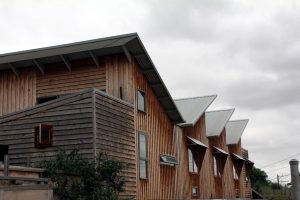
image source:https://search.creativecommons.org/photos/c69ab87c-dd8f-4446-bc2f-632a55c9fc6a by various brennemans
Over the years, this led to many frameworks, concepts and planning principles which can be summed up as “Sustainable Urbanism” : the application of sustainability and resilient values to the design, planning, administration and operation of cities.
The application of a sustainable architecture seeks to minimize the negative environmental impact of buildings, by efficiency, moderation in the use of materials, energy and development in research fields such as recycled materials, heating, cooling and ventilation, solar panels, wind turbines and waste management.
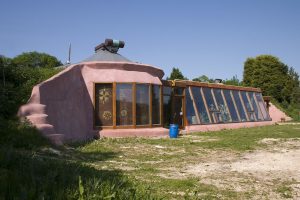
image source: https://search.creativecommons.org/photos/dc47a870-3785-421b-8b10-34ea3c7875cb by Dominic’s pics
The principles of urbanism can be applied increasingly to projects at the full range of scales, from a single building to an entire community:
- Space principles
1. Diversity, safety and tolerance;
2. City of neighbourhoods, including decentralised governance and the protection of a city’s identity;
3. Compactness: city of short distances, with accessibility to all infrastructure networks available on foot or by bicycle;
4. Public transport and density: land users with civic function and high frequency of use shall be located near to public transport nodes;
- Content principles
5. Ehmphasis on education, science and culture, as these have a strong influence on quality of life;
6. Industry and jobs provision as the most important task for the future;
7. Biophilia: being surrounded by nature, buildings need to have their plans evaluated for their environmental impact;
8. Design quality, especially for public spaces, using expert panels;
- Process principles
9. Long-term vision, incorporating awareness of the past and looking way into the future;
10. Communication and participation of all levels and sectors of society;
11. Reliability, obligation and fairness, to build trust and consensus;
12. Cooperation and partnership, with financial support for projects and incentives for investors plus exemplary actions;
Example of Sustainable Architecture
Vertical Forest Milan, 2012
(Boeri Studio)
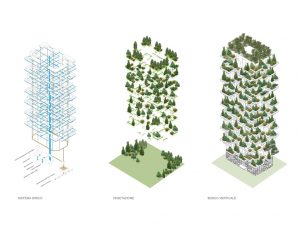
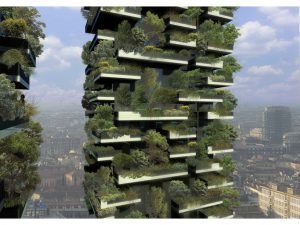
image source:https://search.creativecommons.org/photos/fda162bf-3e59-4bb0-b372-1aae1609fb6f
image source:https://search.creativecommons.org/photos/22f0a232-8576-4eda-aeb8-43da5fe2c45a
Hanging gardens of One Central Park Sydney, 2014
(Frasers Property and Sekisui House)
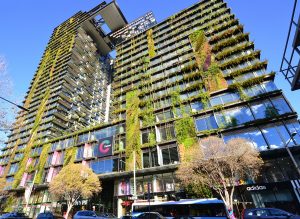
image source: https://en.wikipedia.org/wiki/One_Central_Park#/media/File:(1)Central_building_Broadway_Sydney-1.jpg
Tree House Concept. Dolomites, Italy
(Peter Pichler Architecture)
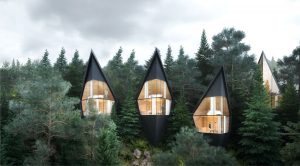
Image source: https://aasarchitecture.com/2019/06/tree-houses-by-peter-pichler-architecture.html/
info source: https://en.wikipedia.org/wiki/Sustainable_urbanism
